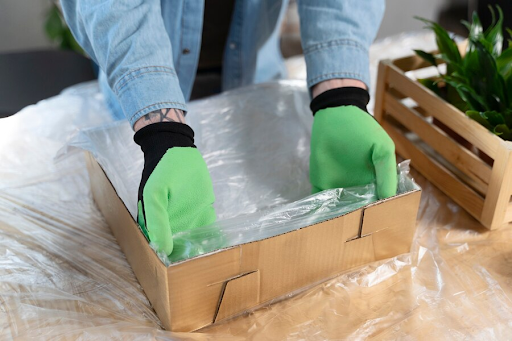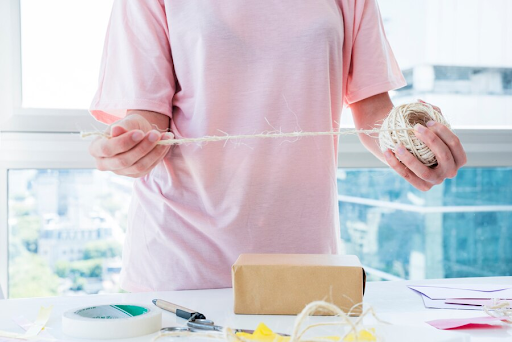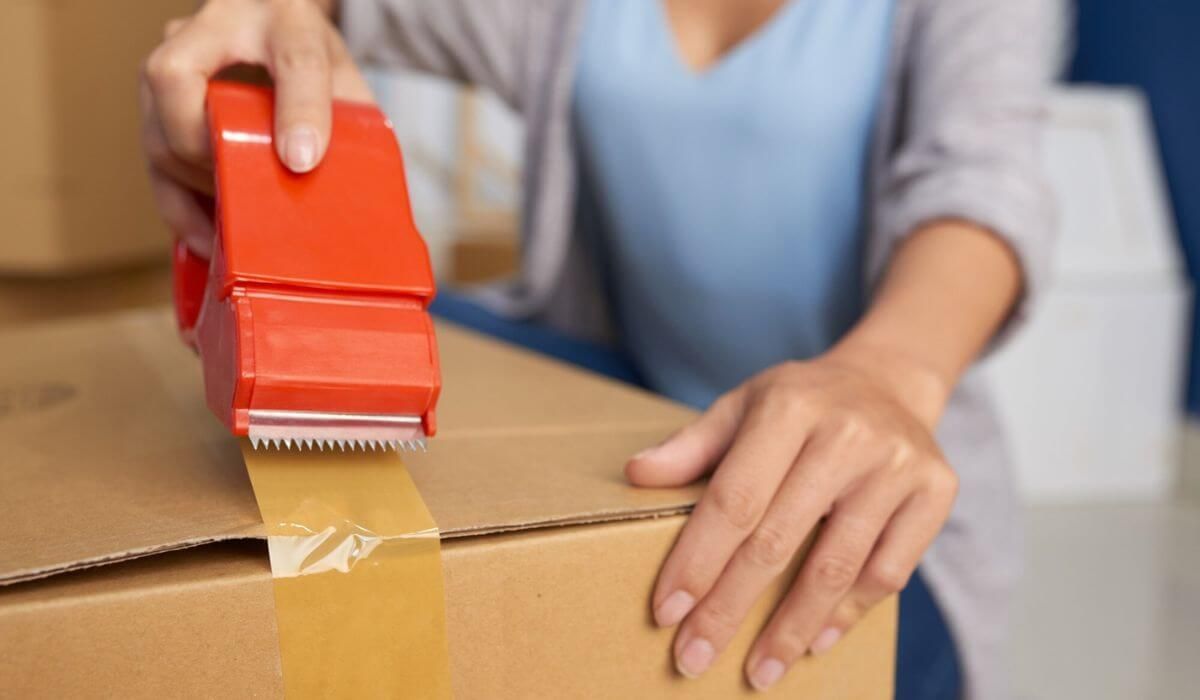Relocating your office can be an exciting time for your business, but navigating the logistics of moving bulky office furniture can be daunting. Disassembling desks, maneuvering chairs, and ensuring safe transportation can disrupt your business operations and create unnecessary stress. However, with careful planning and the right strategies, moving office furniture can be a smooth and efficient process.
This comprehensive guide equips you with essential tips to handle your office furniture effectively during a move, minimizing downtime and ensuring a successful transition.
Planning Your Move: Preparing Office Furniture
Inventory Assessment for Moving Office Furniture
- Furniture Inventory Checklist: Create a detailed inventory list of all office furniture, including desks, chairs, filing cabinets, conference tables, and any other pieces. Note their location, quantity, and condition.
- Item Condition Assessment: While creating your inventory, assess the condition of each furniture piece. Identify any pre-existing damage to avoid confusion later. Consider discarding broken or worn-out furniture to streamline the moving process and potentially reduce moving costs.
Scheduling and Logistics Planning

- Optimal Moving Times: Strategically choose a moving day that minimizes disruption to your business. Weekends or evenings might be ideal options to avoid impacting work hours.
- Coordination with Movers: If you're hiring professional movers, clearly communicate the type and quantity of furniture being moved. Discuss access details for the new and old office locations.
Local Tip: When in Sydney, consider reputable removalist companies like Sydney Removalists. They offer expertise in handling office furniture
relocations, ensuring a smooth and stress-free process.
Packing Strategies for Office Furniture
Proper Disassembly of Office Furniture
Disassemble furniture whenever possible for easier transport and better protection. Refer to assembly manuals or manufacturer instructions for proper disassembly techniques.

- Safe Disassembly Techniques: Use the right tools to disassemble furniture. Label detached components clearly with masking tape and permanent markers, including corresponding parts from the same piece.
- Equipment Needed: Ensure you have the necessary tools readily available, such as screwdrivers, wrenches, allen keys, and furniture disassembly tools.
Protective Packing Materials and Techniques

- Best Materials for Furniture Protection: Invest in high-quality packing materials like bubble wrap, packing peanuts, furniture blankets, and strong cardboard boxes.
- Packing Tips: Wrap all disassembled furniture pieces individually with bubble wrap or furniture blankets. Use packing peanuts to fill voids within boxes for added protection. Securely seal all boxes with packing tape.
Moving Large or Specialty Office Furniture
Handling Sensitive Equipment and Furniture
Electronic equipment and delicate furniture require extra care during transit.
- Moving Electronics: Disconnect all cables and wires from electronic equipment. Pack them in their original boxes if available, or use sturdy boxes with ample padding.
- Specialized Packing for Valuables: For valuable furniture pieces or artwork, consider crating them for maximum protection.
Using Professional Movers for Heavy Items
For particularly heavy or bulky office furniture, consider hiring professional movers. They have the expertise and equipment to handle these items safely and efficiently.
- Hiring Professional Movers: Research and choose reputable removalist companies with experience in office relocations. Obtain quotes beforehand to ensure they understand the scope of the move and can provide the necessary equipment and manpower.
- Cost Considerations: While professional movers add to the moving cost, weigh it against the potential for damage and the time saved by delegating the heavy lifting.
Setting Up Furniture at the New Office Location
Efficient Unpacking and Assembly

- Organizing Furniture Setup: Create a floor plan for the new office layout beforehand. This will guide the efficient placement and assembly of furniture upon arrival. Label boxes with corresponding areas in the new office for easy identification.
- Assembly Instructions: Keep assembly manuals or diagrams readily available for reference when reassembling furniture at the new location.
Space Planning and Furniture Arrangement

- Optimizing Office Layout: Think about the functionality and workflow within your new office space. Arrange furniture to create designated work areas, collaborative zones, and common areas that foster productivity and employee interaction.
- Ergonomic Setups: Prioritize employee well-being by ensuring ergonomic furniture arrangements. Adjust desk heights, chair positions, and monitor placements to promote good posture and reduce the risk of musculoskeletal strain.
Conclusion
Moving office furniture doesn't have to be a logistical nightmare. By following these essential tips, you can ensure a smooth and efficient transition to your new office space. Remember, careful planning, proper disassembly and packing techniques, and utilizing professional movers for complex or large-scale moves are key to a successful relocation.
For a stress-free office furniture moving experience in Sydney, consider consulting reputable removalist companies like Sydney Removalists. Their expertise and experience can take the burden off your shoulders, allowing you to focus on the exciting aspects of settling into your new office environment.
FAQs About Moving Office Furniture
What are the best practices for labeling boxes of office furniture parts?
Clearly label each box with its contents, including the furniture piece it belongs to and its designated location in the new office. Use a permanent marker and avoid generic labels like "Office Supplies."
How can you ensure the safety of furniture during transit?
Disassembly, proper packing with protective materials, and secure transportation are all crucial for ensuring furniture safety during transit. Hiring professional movers with experience in handling office furniture relocations can provide an extra layer of security.
What insurance considerations should be taken when moving office furniture?
- Mover's Insurance: Inquire about the insurance coverage offered by your chosen removalist company. This typically covers damage caused by the movers during transportation.
- Valuable Contents Insurance: Consider additional insurance coverage for valuable furniture or equipment not covered under the mover's basic insurance plan.



